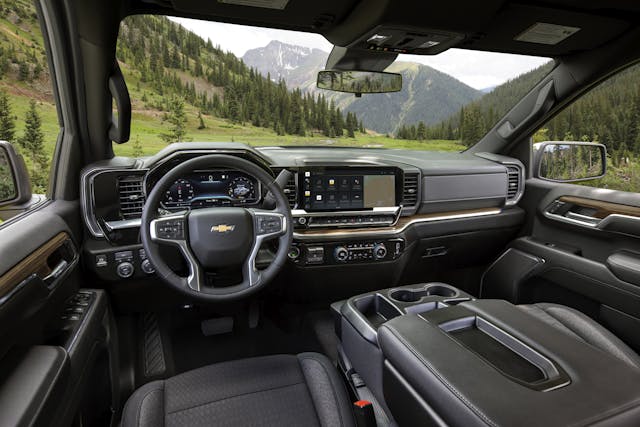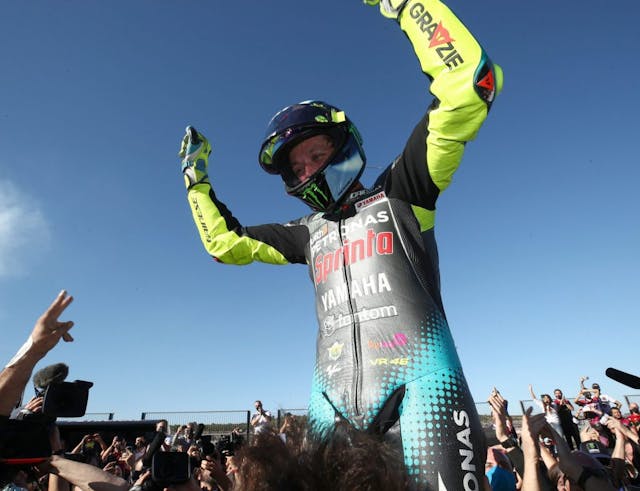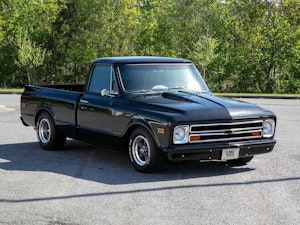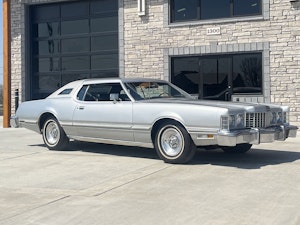Media | Articles
U.S. to mandate anti-drunk-driving tech, GM sacrifices heated seats, Bondurant passes at 88
As soon as 2026, Congress could require in-car tech to stop intoxicated driving
Intake: Automakers are likely to soon receive another mandate from Congress. As part of the $1 trillion infrastructure package that the President is expected to sign soon, automobile manufacturers will be required, as early as 2026, to equip all new vehicles with monitoring systems designed to keep intoxicated persons from driving. Among the considerations are breathalyzer devices that prevent a vehicle from starting if the driver’s blood-alcohol level exceeds the legal limit, and infrared cameras (which GM and others already use for driver monitoring related to driver-assistance features like SuperCruise) that monitor driver behavior and look for signs of inattentiveness. Alex Otte, national president of Mothers Against Drunk Driving, called the package the “single most important legislation” in the group’s history and said that it marks “the beginning of the end of drunk driving.” According to the National Highway Traffic Safety Administration, each year 10,000 people are killed due to alcohol-related crashes in the U.S. The bill also requires automakers to install rear-seat reminders to alert parents if a child is left inadvertently in the back seat, a mandate that could begin by 2025.
Exhaust: It’s difficult to argue the value of any device that will mitigate drunk driving, but most drivers will balk at blowing into a breathalyzer every time they want to start their car. The camera-based monitoring system intrudes less into daily routine, but personal privacy concerns also loom large here. When detecting erratic behavior, the system is designed to first warn the driver, and if the behavior persists, the car will turn on its hazard lights, slow down, and pull to the side of the road. Will that technology work as intended? And if it does, what are the potential secondary consequences? It seems there is much in need of further ironing-out before any policy changes go into effect.
McLaren denies sale to Audi

Intake: Following an Autocar report that claimed Audi was purchasing McLaren, the British supercar firm is outright denying any pending change in ownership. Here’s McLaren’s comment:
“McLaren Group is aware of a news media report stating it has been sold to Audi. This is wholly inaccurate and McLaren is seeking to have the story removed.
McLaren’s technology strategy has always involved ongoing discussions and collaboration with relevant partners and suppliers, including other carmakers, however, there has been no change in the ownership structure of the McLaren Group.”
Reuters also reported on the possibility of a takeover, indicating that BMW was uninterested but Audi was “open to cooperation.”
Exhaust: McLaren has been working hard to shore up its financial position recently, attracting new investors and selling, then leasing back its hi-tech Woking base. It’s not hard to see how ownership under Audi would make long-term security more assured. For Audi, such a deal would theoretically see the German carmaker take over the whole McLaren Group and provide an entry into Formula 1, and would add McLaren Automotive to the Audi supercar stable alongside Lamborghini, with the VW Group also including Porsche and Bugatti-Rimac. This appears to be a false alarm, but it’s not hard to see some kind of change on the horizon in Woking.
Marketplace
Buy and sell classics with confidence
Chip shortage casts chill over GM lineup

Intake: The chip shortage has forced automakers to a new low … literally. Automotive News paints a chilling picture: General Motors has temporarily stopped offering heated seats on many of its crossovers and full-size pickups because of wafer scarcity. Said vehicles include the Chevy Colorado, Blazer, Equinox, all Silverados and Traverses except High Country trims; the GMC Canyon and Terrain; and all Sierras and Acadias except the Denalis. It gets worse, too: these models will lose their ventilated seats and heated steering wheels, too. GM says it’s made a tradeoff, sacrificing the comfort of your rear in favor of three other features—for the pickups only—including digital temperature displays through the 2022 model year. (So you can shiver in your unheated thrones with full and complete awareness of the outside winter temperatures?) GM says it is exploring whether it can retrofit affected vehicles with the heated and ventilated seats later once parts become available.
Exhaust: According to a report from AutoPacific, heated seats are the most desired feature in a new car. For GM to slash this option from its best-selling products—and announce it at the very doorstep of winter—is mystifying. Out of all the crazy electronic nonsense in cars today, seat warmers got the chop? We can think of a few features we’d sooner live without. A digital temperature display, for one.
Rivian’s IPO hype continues, Musk chimes in

Intake: When Rivian went public last week, achieving a $90 billion debut, it made history as the largest IPO America had seen since Meta (née Facebook) in 2012. Trading on the EV-maker remains electric. Share prices continue to climb as of Monday, cresting $140 per share and heading higher. With this trajectory, Rivian’s share price threatens to double its 78 dollar-per-share market introduction in the coming days. Amid all the hype, rival Elon Musk cared enough to comment publicly, by providing some humble words of wisdom: “I hope they’re able to achieve high production & breakeven cash flow. That is the true test.” Musk continued, “There have been hundreds of automotive startups, both electric & combustion, but Tesla is the only American carmaker to reach high volume production & positive cash flow in past 100 years.”
Exhaust: We’re pretty sure Musk’s “hopes” are tongue-in-cheek, but he’s not wrong. It remains to be seen how Rivian will handle the hard road to profitability. However, what the Irvine, California-based company does have is a finished electric pickup drawing rave reviews and a billionaire backer of its own to boot. Amazon’s ~22-percent stake and last-mile arrangement gives Rivian stability and opportunity out of the gate in a realm that Tesla hasn’t yet touched. Is all the speculation worth its weight in EV-gold? Thus far, investors sure seem to think it is.
Champion driver and instructor Bob Bondurant dies

Intake: World Champion racing driver Bob Bondurant, who created a high-performance racing school that became a world-renowned destination for actors, died on November 12 in Paradise Valley, Arizona. He was 88. Bondurant has been inducted into 10 motorsports halls of fame, including the Motorsports Hall of Fame of America in 2003. He raced motorcycles as a teenager before switching to cars in 1958, and he eventually raced for the Shelby American, Ferrari, and Eagle teams. Racing for Shelby, he won the GT class at Le Mans in 1964, co-driving with fellow American Dan Gurney. He came up with the idea for a racing school after suffering a serious injury in 1967. He went on to teach an A-list of actors who needed to be proficient for racing movies; among them were James Garner, Paul Newman, Clint Eastwood, Tom Cruise, Nicholas Cage, and Christian Bale.
Exhaust: Bob Bondurant was a legend, both on the track and as an instructor. Although the racing school he founded no longer carries his name—it became Radford Racing School earlier this year— Bondurant’s legacy will continue, especially when discussion turns to great racing movies and his historic victory at Le Mans.
Rossi retires in style

Intake: The Doctor Valentino Rossi ended his incredible 25-year racing career by taking tenth place in the Valencia Grand Prix. The 42 year-old Italian won the MotoGP World Championship seven times, after previously winning the 125 cc, 250 cc and 500 cc titles, and is justifiably regarded as one of the greatest racers on two wheels the world has ever seen. Rossi beat his young teammate Andrea Dovizioso but wasn’t able to add to his 199 class podiums. After the checkered flag was taken by former-protege Francesco Bagnaia on a Ducati, Rossi took an emotional final lap of honor on his Yamaha. “This race victory is a present to Valentino,” said Bagnaia, who came through Rossi’s VR46 riders academy. “I want to dedicate this race to him and thank him for what he has done for us at the academy.”
Exhaust: What’s next for Vale? A move to four wheels seems likely, since Rossi has previously beaten rally legends Colin McRae and Didier Auriol at their own game and, more recently, dominated the Monza Masters in his Ford Fiesta WRC. He’s also one of only a few select outsiders to have tested a Formula 1 Ferrari. Whatever Formula the Doctor prescribes, we’ll be paying close attention.















